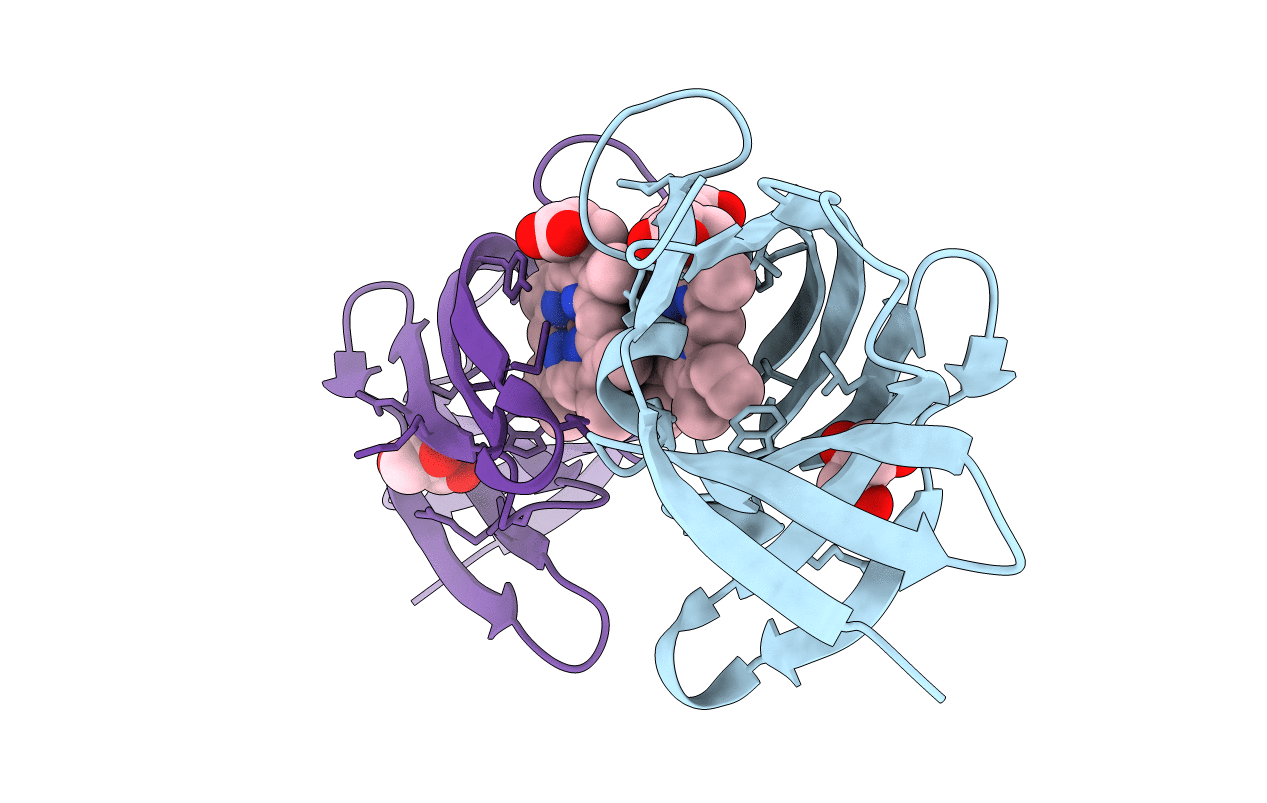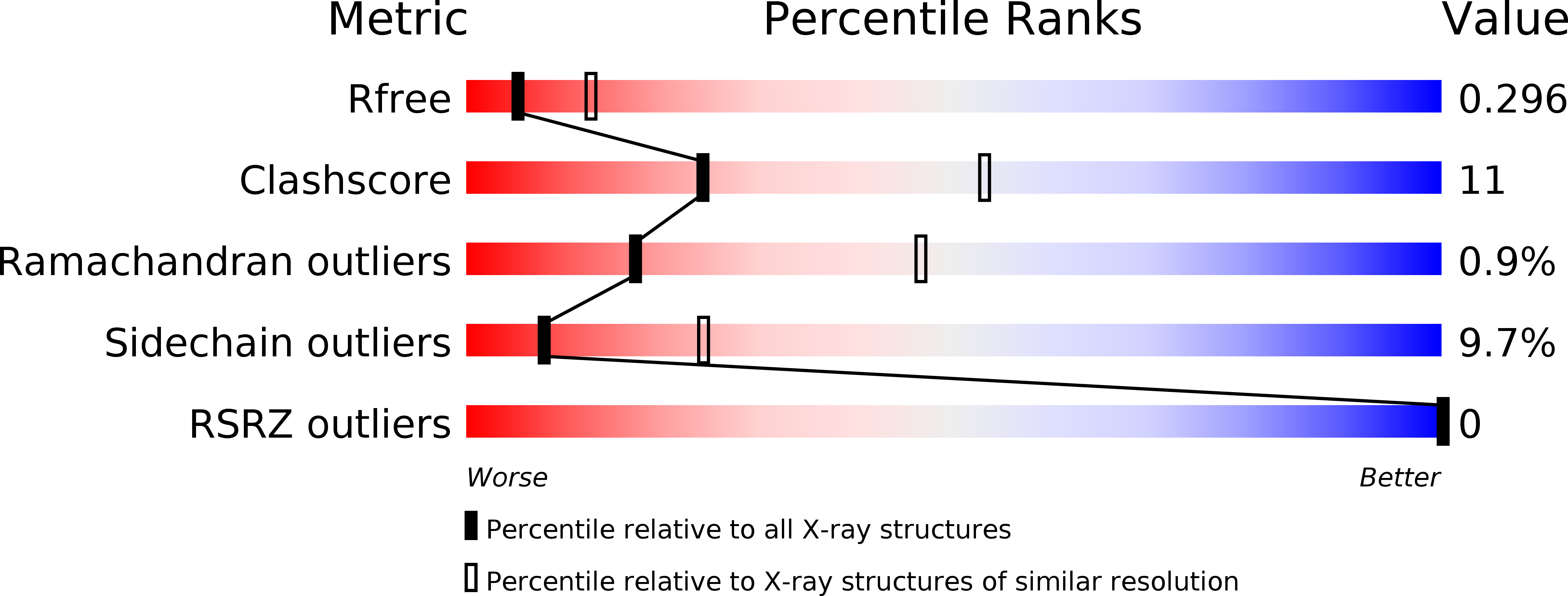
Deposition Date
2012-05-31
Release Date
2013-05-15
Last Version Date
2023-11-08
Entry Detail
PDB ID:
3VTM
Keywords:
Title:
Structure of heme transport protein IsdH-NEAT3 from S. aureus in complex with Indium-porphyrin
Biological Source:
Source Organism:
Staphylococcus aureus (Taxon ID: 158878)
Host Organism:
Method Details:
Experimental Method:
Resolution:
2.80 Å
R-Value Free:
0.29
R-Value Work:
0.22
R-Value Observed:
0.22
Space Group:
P 2 21 21


